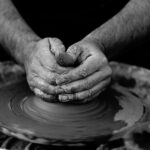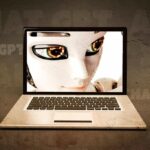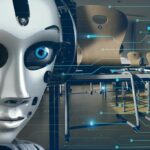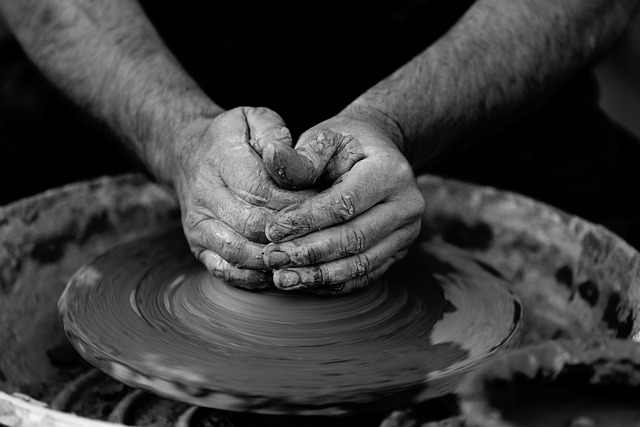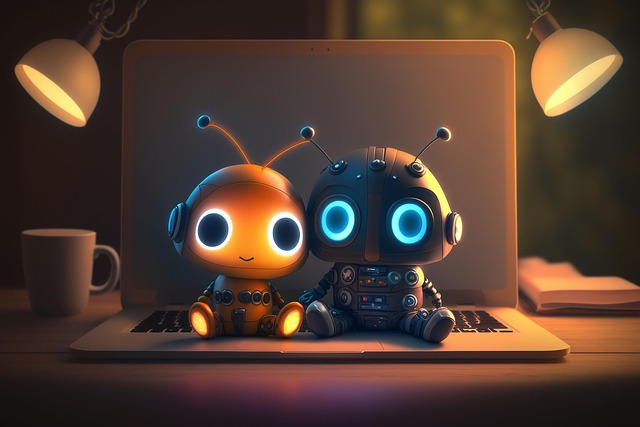# AI Art: Exploring the Boundaries of Imagination and Technology in Visual Expression
The intersection of art and technology has long been a fertile ground for innovation, creativity, and new forms of expression. In recent years, artificial intelligence (AI) has emerged as a powerful tool that is reshaping the landscape of visual art. Artists and technologists alike are exploring the boundaries of imagination and technology, leading to a burgeoning field known as AI art. This article delves into the evolution of AI art, its implications for the future of creativity, and the ethical considerations that accompany this new frontier.
## The Evolution of AI Art
Initially, the concept of AI art may seem paradoxical. How can a machine, devoid of human emotion and experience, create something that resonates with our sensibilities? The answer lies in the evolution of AI technology itself. Early experiments in computer-generated art date back to the 1960s, when artists like Frieder Nake and Harold Cohen began using algorithms to produce visual works. These pioneering efforts laid the groundwork for what would eventually become a vibrant field of artistic inquiry.
Fast forward to the 21st century, and the advent of machine learning has transformed the capabilities of AI in art. Generative adversarial networks (GANs), a class of algorithms that can learn from vast datasets and create new content, have revolutionized the way art is produced. By training on thousands of images, these systems can generate original compositions that mimic the styles of established artists or create entirely new visual languages. As a result, AI art has gained traction not only among artists but also within the broader art community, leading to exhibitions, collaborations, and even commercial sales.
Furthermore, the accessibility of AI tools has democratized the art-making process. Platforms like DeepArt and Artbreeder allow individuals without extensive artistic training to experiment with AI-generated imagery. This shift has opened up new avenues for expression, enabling a diverse range of voices to participate in the artistic dialogue. As AI continues to evolve, it challenges traditional notions of authorship and creativity, prompting artists to rethink their roles in the creation process.
## The Implications for Creativity
Creativity, often viewed as an inherently human trait, is undergoing a profound transformation in the age of AI. While some may argue that machines lack the emotional depth required for true artistic expression, others contend that AI serves as a catalyst for human creativity. By offering new tools and methods, AI can inspire artists to explore uncharted territories and push the boundaries of their imagination.
In many cases, artists are using AI not as a replacement for their creative instincts but as a collaborator. For instance, artists like Refik Anadol and Mario Klingemann have embraced AI to create immersive installations that blend human creativity with machine-generated aesthetics. These collaborations challenge the definition of authorship, as the artwork becomes a product of both human intention and machine learning. Consequently, the dialogue surrounding the nature of creativity is evolving, inviting us to consider the role of technology as an extension of the artist’s vision.
Moreover, AI art has the potential to disrupt traditional art markets. As the line between creator and machine blurs, questions arise about the value of art and the role of the artist. Can a piece created by an AI algorithm hold the same significance as one crafted by a human hand? This inquiry invites a reevaluation of artistic merit and challenges established hierarchies within the art world. As AI-generated artworks gain recognition, they are increasingly being showcased in galleries and auctioned at prestigious events, signaling a shift in how we perceive and value art.
## Ethical Considerations in AI Art
While the rise of AI art presents exciting opportunities, it also raises a host of ethical concerns that demand thoughtful consideration. One of the most pressing issues revolves around copyright and intellectual property. As AI systems learn from existing works, questions emerge about the ownership of the art they produce. Who owns the rights to an artwork created by an AI? Is it the programmer, the user, or the AI itself? These questions challenge conventional legal frameworks and necessitate new approaches to intellectual property in the digital age.
Additionally, the potential for bias in AI-generated art cannot be overlooked. AI systems learn from the data they are trained on, and if that data reflects societal biases, the resulting art may inadvertently perpetuate stereotypes or reinforce existing inequalities. Artists and technologists must be vigilant in addressing these biases, ensuring that the datasets used to train AI systems are diverse and representative. By doing so, they can create a more inclusive artistic landscape that reflects a broader spectrum of human experiences.
Furthermore, the emotional impact of AI-generated art warrants examination. While machines can produce visually stunning works, they lack the emotional resonance that often characterizes human-created art. This raises questions about the role of emotion in art and whether AI can ever truly capture the human experience. As audiences engage with AI art, they must grapple with the implications of connecting with works that may lack the depth of human emotion.
## Conclusion
AI art represents a fascinating convergence of imagination and technology, challenging our understanding of creativity and artistic expression. As this field continues to evolve, artists, technologists, and audiences alike must navigate the complexities of authorship, ethics, and emotional resonance. By embracing the possibilities that AI offers while remaining mindful of its limitations, we can explore new frontiers in visual expression and redefine the boundaries of art in the digital age. Ultimately, the journey into AI art is not just about the technology itself; it is a reflection of our collective imagination and our ongoing quest to understand what it means to create.

